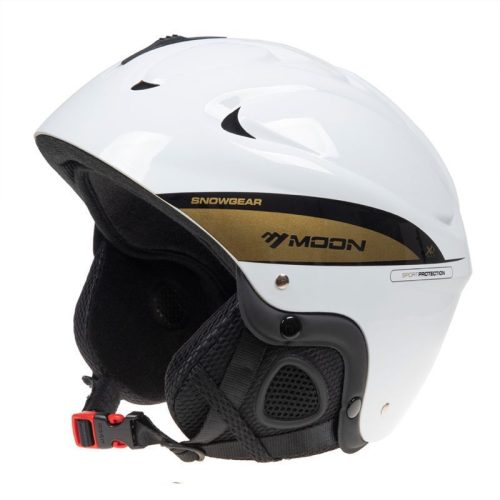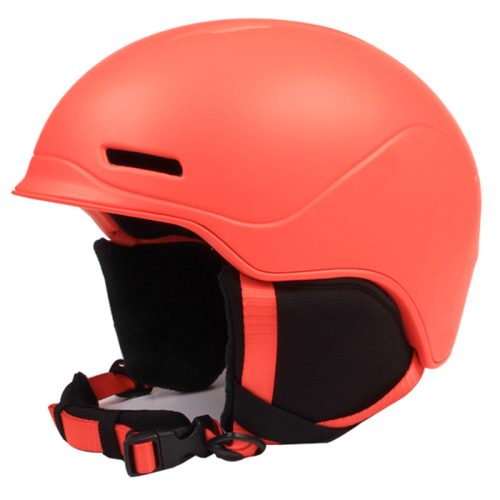The future of helmet technology is expected to be marked by significant advancements aimed at improving safety, comfort, and functionality. Here are some key trends and innovations expected in the future of helmet technology:
- Enhanced Materials: Helmets are likely to feature advanced materials like carbon nanotubes, graphene, and other lightweight, high-strength composites. These materials will make helmets more robust and protective while keeping them lightweight.
- Improved Impact Protection: Helmets will continue to improve their ability to protect against various types of impacts. This includes advances in shock-absorbing materials and design, such as omnidirectional impact protection systems (OIPs), which better safeguard against rotational forces.
- Smart Helmets: The integration of technology into helmets is a growing trend. Smart helmets may include heads-up displays (HUDs), communication systems, built-in cameras, and sensors to monitor environmental conditions, providing real-time data to the wearer. For motorcyclists and cyclists, this can help improve situational awareness.
- Health Monitoring: Helmets could incorporate biometric sensors to monitor the wearer’s vital signs, such as heart rate and temperature. This data can be transmitted to a smartphone or other devices to provide early warnings in case of medical emergencies or fatigue.
- Customization: 3D scanning and printing technologies will allow for custom-fit helmets, enhancing comfort and safety. These helmets can be tailored to the shape of an individual’s head, ensuring a snug fit.
- Aerodynamics and Noise Reduction: Helmets designed for sports like cycling and motorcycling are likely to be optimized for aerodynamics to reduce wind resistance and noise, thus enhancing the overall riding experience.
- Impact-Responsive Materials: Future helmets may include materials that change properties on impact. For example, they might harden upon impact to absorb and disperse energy more effectively, then revert to a flexible state after the impact.
- Environmental Adaptation: Helmets for outdoor activities could feature adaptive technologies to handle changing environmental conditions. They might adjust ventilation and insulation based on temperature or humidity, ensuring user comfort.
- Energy Harvesting: Helmets could integrate technology to capture and store energy from the wearer’s motion or external sources (such as solar panels), which can be used to power built-in electronics or even charge external devices.
- Biometric Authentication: For certain applications, helmets may feature biometric authentication, allowing access to secured systems or vehicles through facial recognition or other biometric data.
- Sustainability: Manufacturers will likely prioritize eco-friendly materials and production methods to create helmets that are more environmentally responsible.
- Regulatory Improvements: As technology advances, safety standards and regulations governing helmet design and use are likely to evolve to reflect these advancements and ensure the highest level of protection for users.
These trends are driven by the constant push for greater safety and functionality in various industries, including sports, transportation, and military applications. The future of helmet technology holds the promise of improved protection and a more connected and informed user experience. However, it’s important to ensure that any new technologies are thoroughly tested and meet appropriate safety standards to fulfill their protective role effectively.


